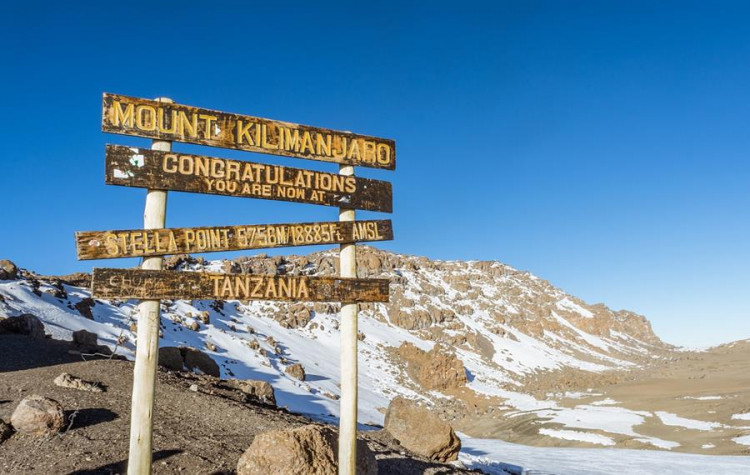The famed eastern glaciers of Africa could be gone in 20 years, with 118 million poor people facing imminent drought, floods, or excessive heat, and climate change could cut 3% off continental GDP by mid-century, the United Nations Climate Change Agency said, Tuesday.
The World Meteorological Organization's (WMO) recent assessment on the health of Africa's climate, produced in collaboration with African Union agencies, portrays a bleak picture of the continent's ability to adapt to increasingly frequent weather disasters.
One data set shows that 2020 was Africa's third warmest year on record, with temperatures 0.86 degrees Celsius higher than the average for the three decades preceding 2010. It has warmed at a slower rate than high-latitude temperate zones, but the impact has been disastrous.
"The fast rate of shrinking of the last surviving glaciers in eastern Africa, which are anticipated to melt totally in the near future, underscores the threat of irreversible change to the Earth system," WMO Secretary-General Petteri Taalas stated in a preface to the research.
On present trends, all three of Africa's tropical ice fields - Tanzania's Kilimanjaro, and Uganda's Rwenzoris, and Kenya's Mount Kenya, will be gone by the 2040s.
Furthermore, the African Union's Agriculture Commissioner Josefa Sacko stated that "by 2030, it is anticipated that up to 118 million extremely poor people (living on less than $1.90 per day) could be exposed to drought, floods, and high heat... if proper response mechanisms are not put in place."
Climate change has long been projected to have a significant impact on Africa, which accounts for less than 4% of greenhouse gas emissions. Its croplands are already prone to drought, many of its major towns are located along the coast, and pervasive poverty makes it difficult for people to adjust.
Aside from a worsening drought on a continent primarily reliant on agriculture, the research reported extensive floods in East and West Africa last year, while a locust infestation of unprecedented proportions, which began a year earlier, continued to wreak havoc.
According to the analysis, Sub-Saharan Africa would need to invest $30-$50 billion, or 2-3% of GDP, on natural adaptation mechanisms each year to avoid even severe impacts of climate change.






